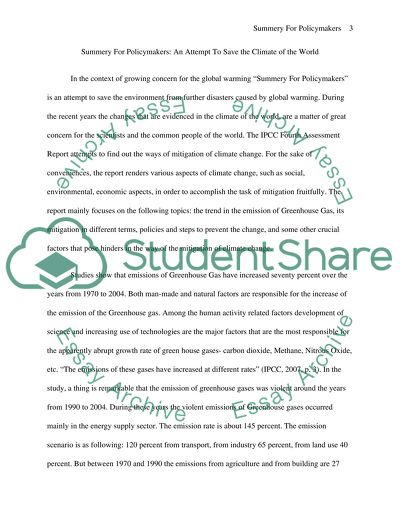Cite this document
(Summary For Policymakers: An Attempt to Save the Climate of the World Term Paper, n.d.)
Summary For Policymakers: An Attempt to Save the Climate of the World Term Paper. Retrieved from https://studentshare.org/environmental-studies/1549990-the-summary-report
Summary For Policymakers: An Attempt to Save the Climate of the World Term Paper. Retrieved from https://studentshare.org/environmental-studies/1549990-the-summary-report
(Summary For Policymakers: An Attempt to Save the Climate of the World Term Paper)
Summary For Policymakers: An Attempt to Save the Climate of the World Term Paper. https://studentshare.org/environmental-studies/1549990-the-summary-report.
Summary For Policymakers: An Attempt to Save the Climate of the World Term Paper. https://studentshare.org/environmental-studies/1549990-the-summary-report.
“Summary For Policymakers: An Attempt to Save the Climate of the World Term Paper”, n.d. https://studentshare.org/environmental-studies/1549990-the-summary-report.


